Building a Winning B2B Rewards Program That Boosts Sales and Traffic to Your Business
B2B rewards programs are essential for improving customer loyalty and building strong business relationships. These programs are created to reward corporate clients for their ongoing partnership, encouraging them to make repeat purchases and stay engaged in the long run. Here are some key benefits of B2B loyalty rewards programs:
- Strengthening client relationships
- Driving advocacy within industry networks
- Increasing sales through enhanced customer retention

In today's competitive business environment, having effective B2B rewards programs can greatly impact revenue growth. These programs typically have different levels of engagement, a points system, and exclusive offers designed specifically for partner organizations.
In this article, we will share valuable insights on how to create a successful B2B rewards program that not only increases sales but also drives more traffic to your business. We will explore various strategies, challenges, and best practices to help you develop a program that builds loyalty and achieves success.
Understanding B2B Rewards Programs
B2B loyalty programs, also referred to as B2B rewards programs, are structured initiatives designed to enhance customer retention and foster long-term partnerships between businesses. These programs reward corporate customers for their loyalty, encouraging repeat purchases and deeper engagement. The primary goal is to create a mutually beneficial relationship that drives advocacy and increases sales.
Key Differences Between B2B and B2C Loyalty Initiatives

The landscape of B2B loyalty programs presents unique challenges distinct from B2C loyalty initiatives. Some notable differences include:
- Relationship Dynamics: B2B relationships often involve multiple stakeholders, requiring tailored strategies that address the needs of various decision-makers within an organization.
- Purchase Complexity: Unlike B2C transactions, which typically focus on immediate rewards for consumers, B2B purchases are characterized by longer sales cycles and larger deal sizes.
- Value Proposition: In B2B setups, the incentive structure must emphasize long-term benefits rather than short-term gains. This can include tiered engagement levels or exclusive access to products and services.
The Role of Customer Experience

Customer experience plays a pivotal role in shaping effective B2B customer loyalty programs. A positive experience can significantly influence retention rates and overall satisfaction. Key elements include:
- Personalization: Tailoring offers based on specific business needs enhances relevance, making clients feel valued.
- Education: Providing resources about available rewards and how to earn them empowers clients, leading to greater program engagement.
- Support: Proactive support ensures seamless interaction with the loyalty platform, fostering trust and collaboration.
Incorporating these principles into a B2B loyalty platform will enhance the effectiveness of loyalty schemes, ultimately contributing to sustained business growth. Understanding these fundamental aspects prepares businesses for creating successful B2B customer loyalty programs that stand out in today’s competitive market landscape.
Types of B2B Loyalty Programs
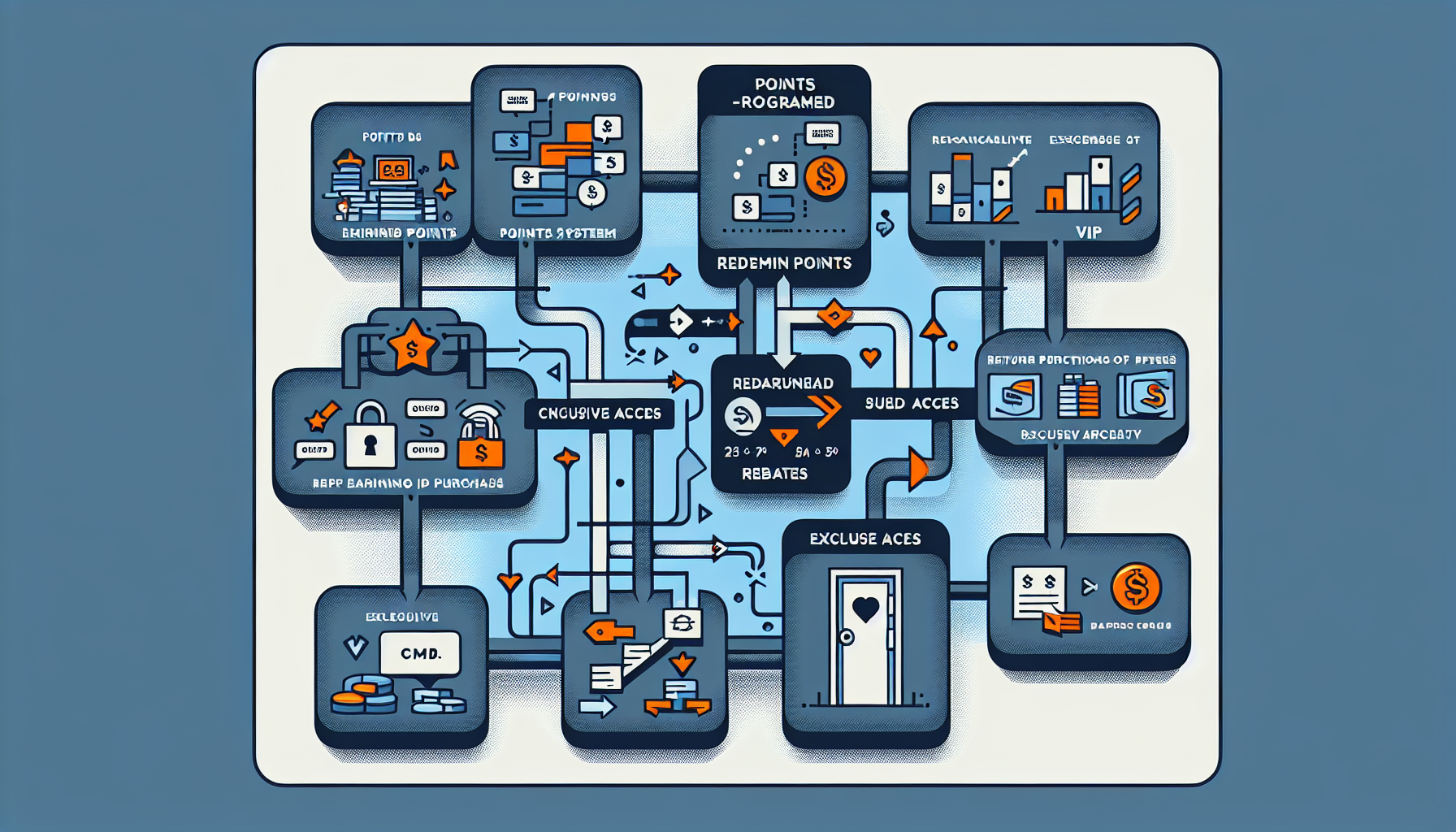
Businesses can choose from a variety of loyalty structures to engage their corporate customers effectively. Each type has its unique advantages and can be tailored to align with specific business objectives and customer expectations. Here are some commonly employed loyalty program structures:
1. Points-Based Systems
In a points-based system, businesses reward their clients with points for every purchase made. These points accumulate over time and can be redeemed for discounts, products, or exclusive services. The appeal lies in the tangible rewards that clients can calculate, encouraging repeat purchases.
2. Rebates
Rebate programs offer customers a percentage of their total purchases back as a cash reward after reaching certain spending thresholds. This structure appeals to businesses looking for immediate financial benefits. It helps strengthen relationships by providing clients with a direct financial incentive tied to their loyalty.
3. Exclusive Access Offerings
Providing exclusive access to products, services, or events can significantly enhance customer loyalty. By creating a sense of exclusivity, businesses can foster deeper connections with their clients. This might include early access to new product launches, specialty training sessions, or invitations to industry conferences.
4. Tiered Engagement Levels
Implementing tiered engagement levels encourages businesses to strive for higher rewards as they progress through different levels based on their purchasing behavior. Each tier offers escalating benefits such as increased discounts, enhanced service options, and priority support. This structure not only motivates clients but also reinforces long-term partnerships.
5. Experiential Rewards
Incorporating experiential rewards into B2B loyalty programs can create memorable experiences that resonate with customers on a personal level. Examples include:
- Networking Opportunities: Hosting exclusive events or workshops that allow clients to connect with industry peers and experts.
- Education and Training: Offering access to specialized training resources or certifications that enhance professional skills.
- VIP Experiences: Providing personalized consultations or one-on-one sessions with industry leaders to address specific business needs.
These experiential rewards go beyond traditional incentives by delivering unique value that strengthens the client relationship.
By employing these various types of B2B loyalty programs, businesses can create an engaging atmosphere that not only drives sales but also enhances customer satisfaction and retention. Understanding the unique dynamics of each structure allows organizations to tailor their programs effectively, ensuring they meet the diverse needs of their clientele while fostering long-lasting partnerships.
Benefits of Implementing a B2B Loyalty Program

Implementing a well-designed B2B loyalty program can lead to significant advantages for businesses. These programs are not just about rewarding customers; they create a strategic framework that drives deeper engagement and fosters long-lasting relationships. Key benefits include:
1. Increased Customer Retention Rates
By recognizing and rewarding loyal clients, businesses can cultivate stronger connections. Loyal customers are more likely to make repeat purchases, reducing churn rates and providing a stable revenue stream.
2. Higher Revenue Potential
A successful B2B rewards program encourages not only repeat business but also upselling and cross-selling opportunities. When clients feel valued, their willingness to invest in additional products or services rises, contributing to overall revenue growth.
3. Improved Sales Metrics
Companies that implement loyalty programs often see enhanced sales performance. Tracking engagement through these programs allows businesses to identify trends, optimize offerings, and align their strategies with customer preferences.
4. Strengthened Partnerships
Loyalty programs foster collaboration and mutual growth between businesses. By investing in the relationship, companies can establish themselves as trusted partners, leading to improved communication and loyalty from clients.
The long-term benefits of B2B loyalty programs frequently outweigh short-term incentives. While immediate rewards might attract attention, nurturing enduring relationships provides lasting value. Businesses that focus on building trust and maintaining open lines of communication with clients create a solid foundation for future collaborations.
Investing in a B2B rewards program is not merely an expense; it is a strategic move that transforms transactional interactions into meaningful partnerships. This approach positions businesses for sustained success in competitive markets where customer loyalty plays an essential role in achieving growth objectives.
Key Features of Successful B2B Loyalty Programs
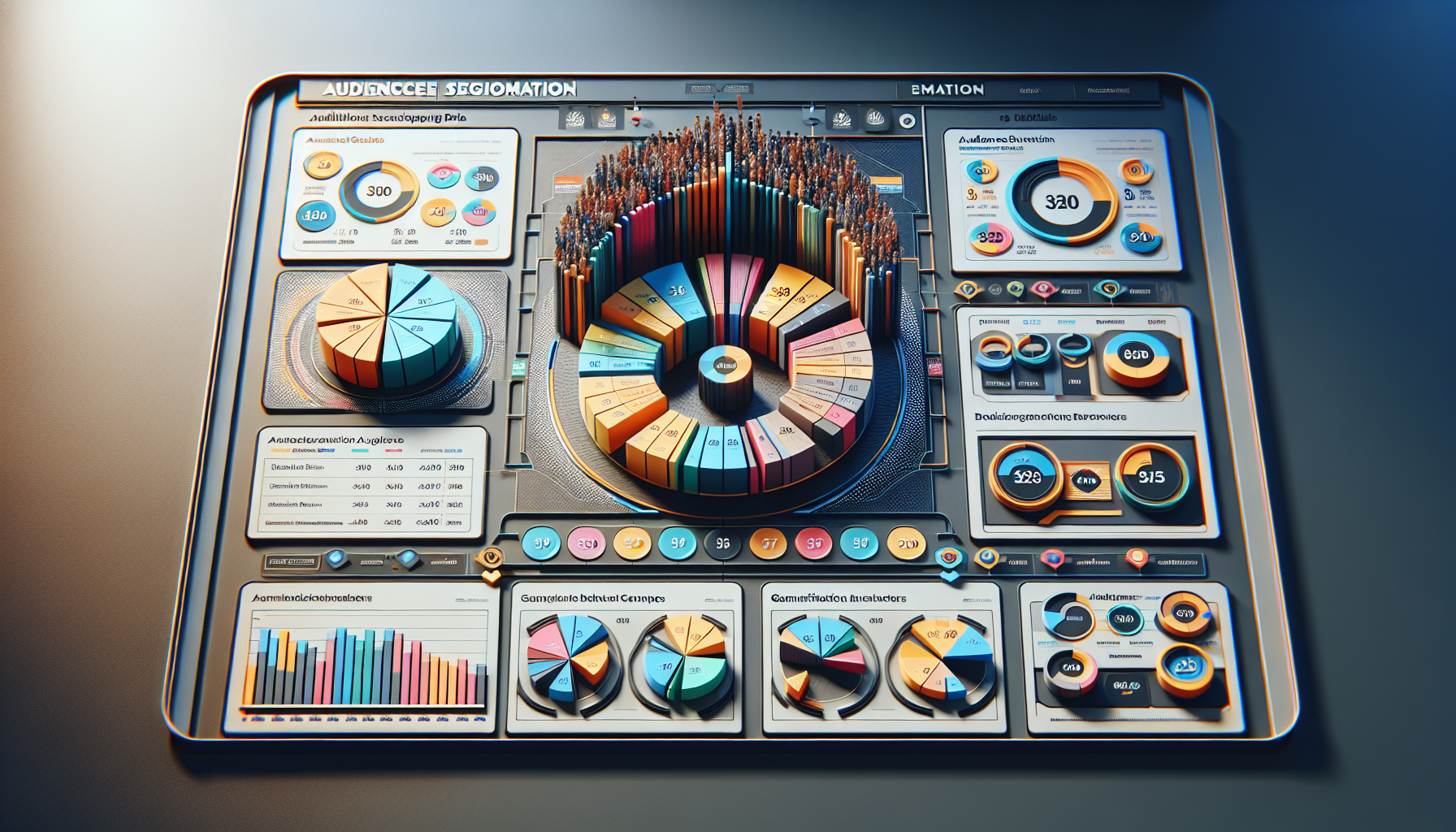
Building an effective B2B loyalty program hinges on several key features that enhance customer engagement and satisfaction. Personalization strategies stand at the forefront, ensuring that offers resonate with individual business needs.
Personalization Strategies in Loyalty Programs
1. Segmenting the Audience
Identify distinct groups within your clientele based on purchasing behavior, industry, and preferences. This segmentation allows for targeted marketing efforts and tailored offerings, enhancing the relevance of rewards. For example, a technology firm might categorize clients into segments like small businesses, mid-sized companies, and large enterprises, allowing for customized incentives for each group.
2. Tailored Offers
Create unique rewards that align with the specific needs of each segment. Consider offering exclusive discounts on products or services that a particular customer frequently purchases. This could include bulk order discounts or early access to new product launches based on their buying patterns. Tailoring rewards increases perceived value and encourages repeat business.
3. Gamified Profiling
Integrate gamification elements into your loyalty program to enhance engagement. By allowing clients to earn points through various interactions—such as making purchases, providing feedback, or attending webinars—businesses can create a dynamic environment where customers are motivated to participate actively. Leaderboards showcasing top participants can instill a sense of competition and urgency.
4. Coalition Loyalty Programs
Collaborate with complementary businesses to offer coalition loyalty programs. By pooling resources and providing shared rewards across multiple companies, you not only expand the range of benefits available to customers but also strengthen partnerships within your ecosystem. This approach fosters community engagement and promotes cross-selling opportunities among participating organizations.
5. Subscription-Based Loyalty Programs
Consider implementing subscription models where clients pay a regular fee for premium access to exclusive rewards or services. This might include dedicated support, additional discounts, or first dibs on new products. Subscription-based models create a steady revenue stream while ensuring loyal customers feel valued.
Customer Education
An essential aspect of maximizing the effectiveness of your B2B loyalty program lies in educating customers about available rewards and how to earn them:
1. Clear Communication
Use various channels—email newsletters, webinars, and dedicated portals—to convey information about the loyalty program's structure, benefits, and updates. Consistent communication ensures clients understand how they can engage with the program effectively.
2. Training Resources
Offer training sessions or informational materials that help businesses navigate through reward options. This could include video tutorials explaining how to accumulate points or leverage rewards effectively. Educating clients empowers them to make informed decisions about their participation in the loyalty program.
3. Feedback Mechanisms
Implement systems that allow clients to provide feedback on their experiences with the loyalty program. Use this information to refine offerings continuously and address any challenges faced by participants. Feedback not only enhances client satisfaction but also fosters trust in your company’s commitment to their success.
A well-designed B2B loyalty program incorporates personalization strategies that cater specifically to business needs while emphasizing customer education. Focusing on segmenting audiences and tailoring offers creates meaningful connections with clients—driving engagement through gamified profiling and coalition partnerships enhances interaction levels significantly. Leveraging subscription-based models can further solidify relationships by offering consistent value over time.
Bridging these strategies effectively requires ongoing communication and support for clients as they navigate through available rewards systems. Understanding these key features enables businesses to build robust loyalty programs that not only boost sales but also foster long-lasting partnerships in a highly competitive marketplace.
Challenges in Developing a B2B Loyalty Program
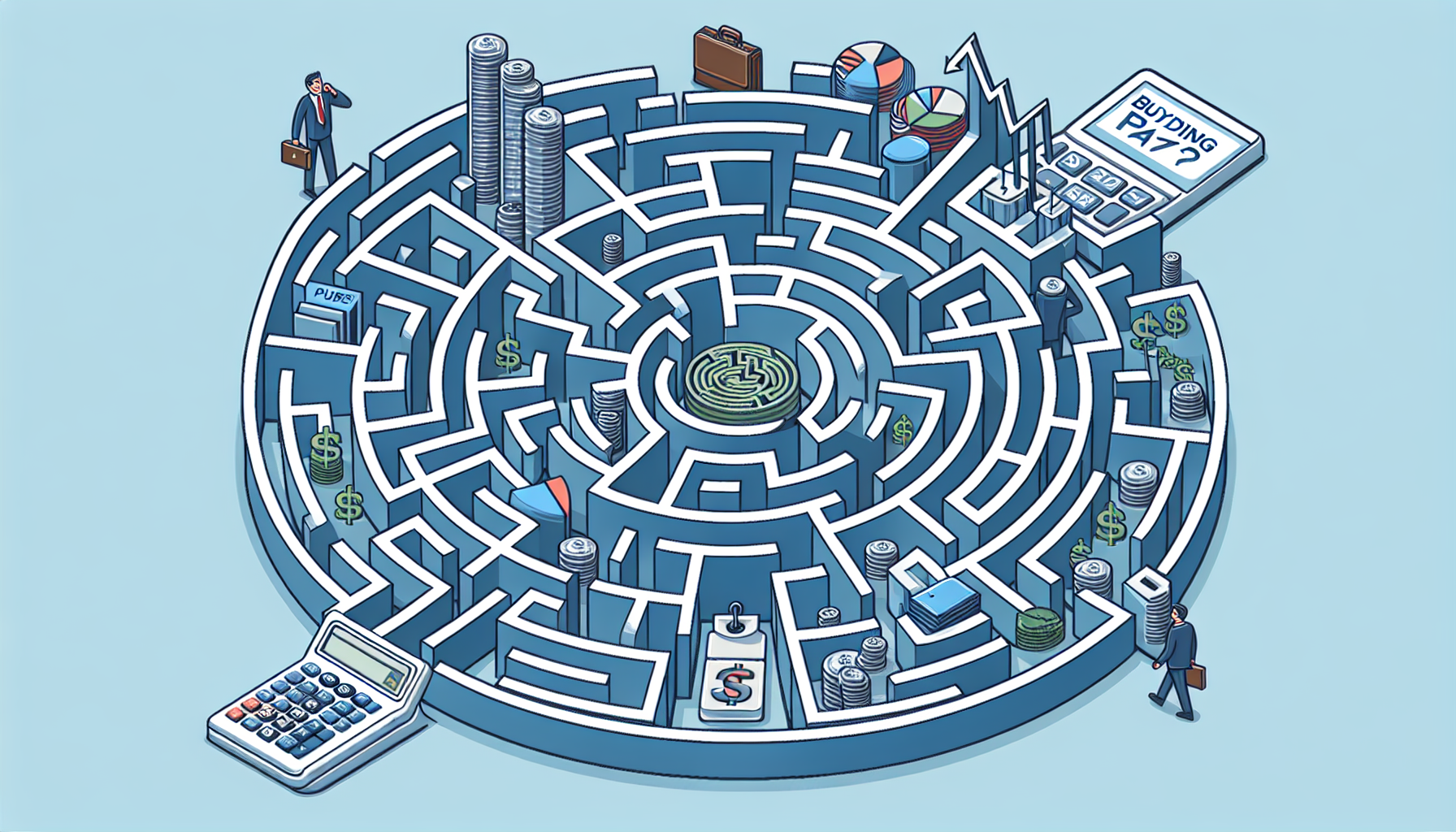
Implementing a B2B rewards program presents unique challenges that can hinder its effectiveness. Key issues include:
- Navigating Complex Buying Processes: B2B purchasing often involves multiple stakeholders with differing priorities. This complexity can complicate the loyalty program's design, making it difficult to create a one-size-fits-all approach.
- Managing Larger Deals: Unlike B2C transactions, B2B deals tend to be larger and less frequent. This means businesses must develop strategies that encourage repeat engagement over extended periods, rather than focusing solely on immediate purchases.
- Ensuring Consistent Member Experiences: Disparities in customer interactions can lead to dissatisfaction among participants. A seamless experience is paramount for fostering loyalty and engagement.
To address these challenges effectively, consider the following practical solutions:
- Gamified Profiling: Incorporate gamification elements like points or badges to incentivize participation. By creating a competitive yet friendly environment, businesses can engage their partners while encouraging loyalty through fun and interactive experiences.
- Coalition Loyalty Programs: Implement coalition strategies to achieve broader reach and attract a diverse array of customers. By collaborating with complementary businesses, companies can enhance their offerings and provide added value to participants.
- Subscription-Based Loyalty Programs: Consider subscription models that offer steady benefits over time, fostering long-term relationships with clients. These programs can provide ongoing rewards tailored to specific needs while ensuring consistent engagement.
- Segmenting the Audience for Tailored Offers: Utilize data analytics to segment your audience based on preferences and behaviors. Tailored offers can significantly enhance relevancy, increasing the likelihood of program adoption and participation.
These strategies not only help overcome common hurdles but also drive engagement within B2B loyalty programs. Prioritizing these essential features will create a robust framework that promotes lasting partnerships and mutual growth for all stakeholders involved.
Best Practices for Building a Winning Program
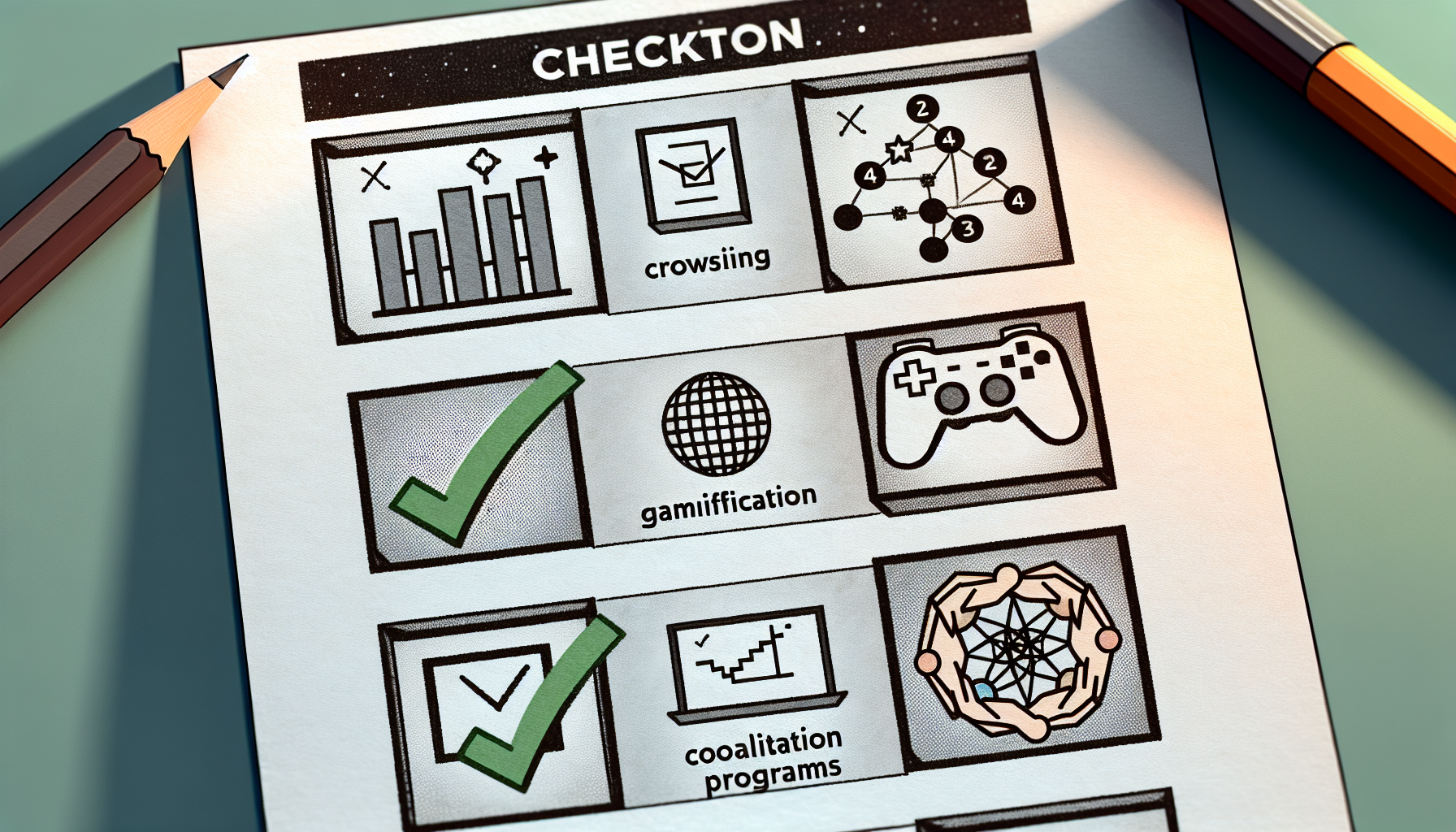
Creating a successful B2B loyalty program requires a strategic approach. Implementing best practices can significantly enhance engagement and effectiveness. Key strategies include:
1. Leveraging Data Analytics
Utilize data to measure program performance. Analyzing customer behaviors allows businesses to identify trends and preferences. This insight enables data-driven improvements, ensuring the program remains relevant and impactful.
2. Gamified Profiling
Incorporate gamification elements such as points or badges. These features incentivize participation and encourage ongoing engagement. By rewarding customers for their activity, businesses foster a sense of competition and motivation.
3. Segmenting the Audience
Understand the unique needs of different customer segments. Tailoring offers based on these segments enhances relevance. Businesses can create personalized experiences that resonate with each group, leading to higher satisfaction.
4. Proactive Support for Partners
Providing proactive support is essential in fostering collaboration. Understanding partner needs and anticipating challenges creates trust and loyalty. Regular check-ins and resource sharing can solidify relationships.
5. Coalition Loyalty Programs
Consider implementing coalition loyalty strategies. These programs involve partnerships between multiple businesses, allowing for a broader reach and attracting diverse customers. Pooling resources enhances the value offered to participants, driving greater engagement.
6. Subscription-Based Loyalty Programs
Explore subscription models that reward consistent engagement over time. Offering exclusive benefits for ongoing participation encourages long-term commitment from partners.
By focusing on these best practices, businesses can build more effective B2B loyalty programs that drive engagement, deepen relationships, and ultimately contribute to sustained growth.
Examples of Successful B2B Loyalty Programs
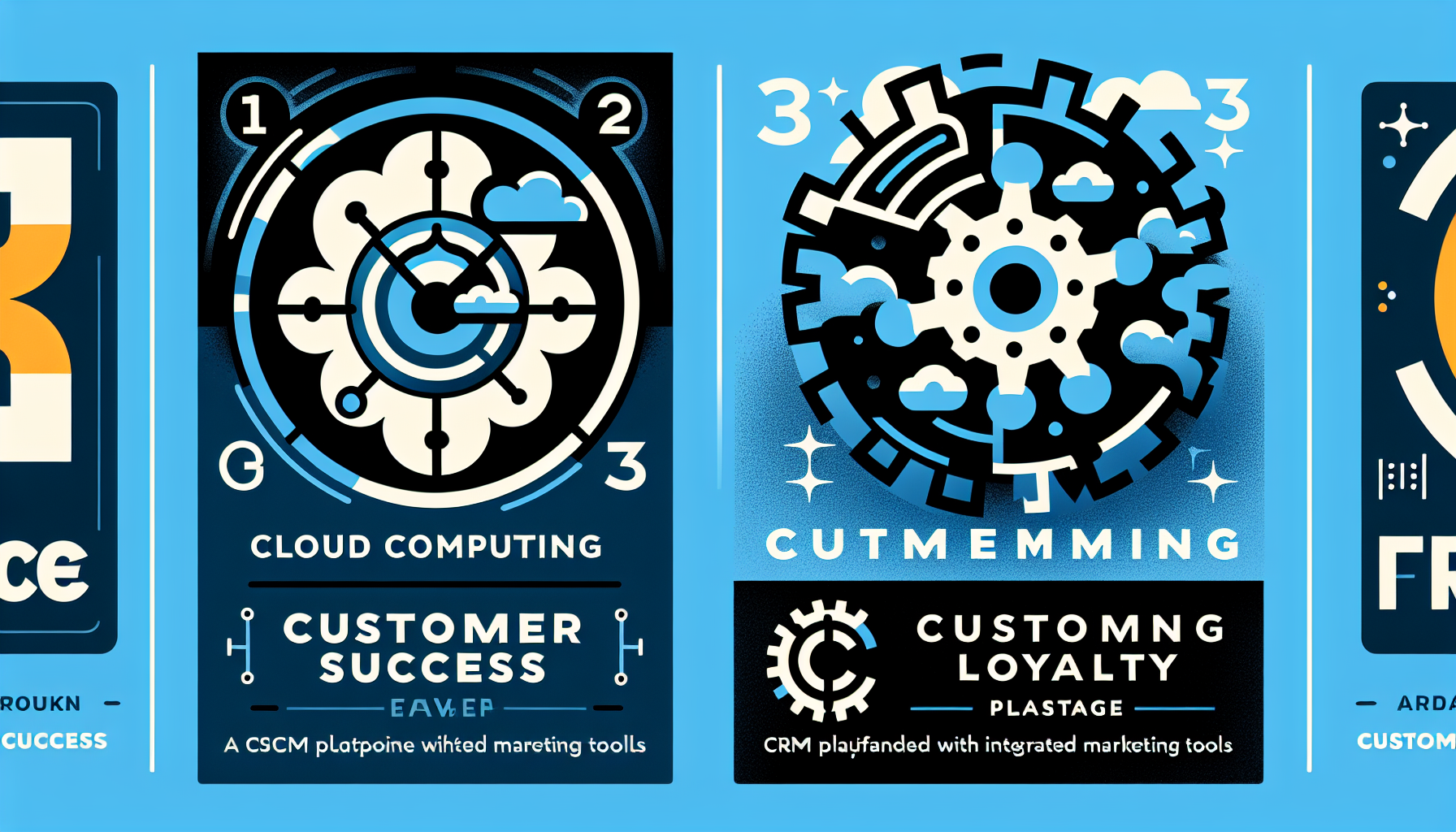
Implementing effective B2B loyalty programs can drive significant engagement and bolster partnerships. Several companies have successfully demonstrated innovative strategies within their loyalty initiatives.
1. Salesforce Partner Program
The Salesforce Partner Program exemplifies how tailored offers and gamified profiling can enhance partner engagement. By segmenting the audience, Salesforce provides personalized resources, training, and rewards based on partners' specific needs. Key outcomes include:
- Increased partner satisfaction through customized support.
- Enhanced sales performance attributed to targeted training initiatives.
2. HubSpot Solutions Partner Program
HubSpot employs a coalition loyalty strategy, allowing partners to earn rewards not only from HubSpot but also from participating companies within its ecosystem. This broadens the reach of their program, attracting a diverse range of customers and reinforcing collaboration among partners. Essential features include:
- Gamification Elements: Partners earn points or badges for completing training modules and achieving milestones, incentivizing participation.
- Subscription-Based Loyalty Model: Partners gain access to exclusive tools and resources as they engage more deeply with HubSpot's offerings.
3. IBM Partner Plus
IBM’s loyalty program integrates tiered engagement levels where partners receive benefits such as discounts and early access to new products. This structure encourages ongoing commitment while fostering a competitive spirit among partners. Notable outcomes are:
- Improved retention rates across partner channels.
- Strengthened relationships leading to increased sales opportunities.
These examples underscore the importance of incorporating engaging elements like gamification and coalition strategies within B2B rewards programs. By focusing on tailored offers that meet specific business needs, companies can cultivate lasting partnerships that drive mutual growth.
Leveraging Technology with Lealtad App
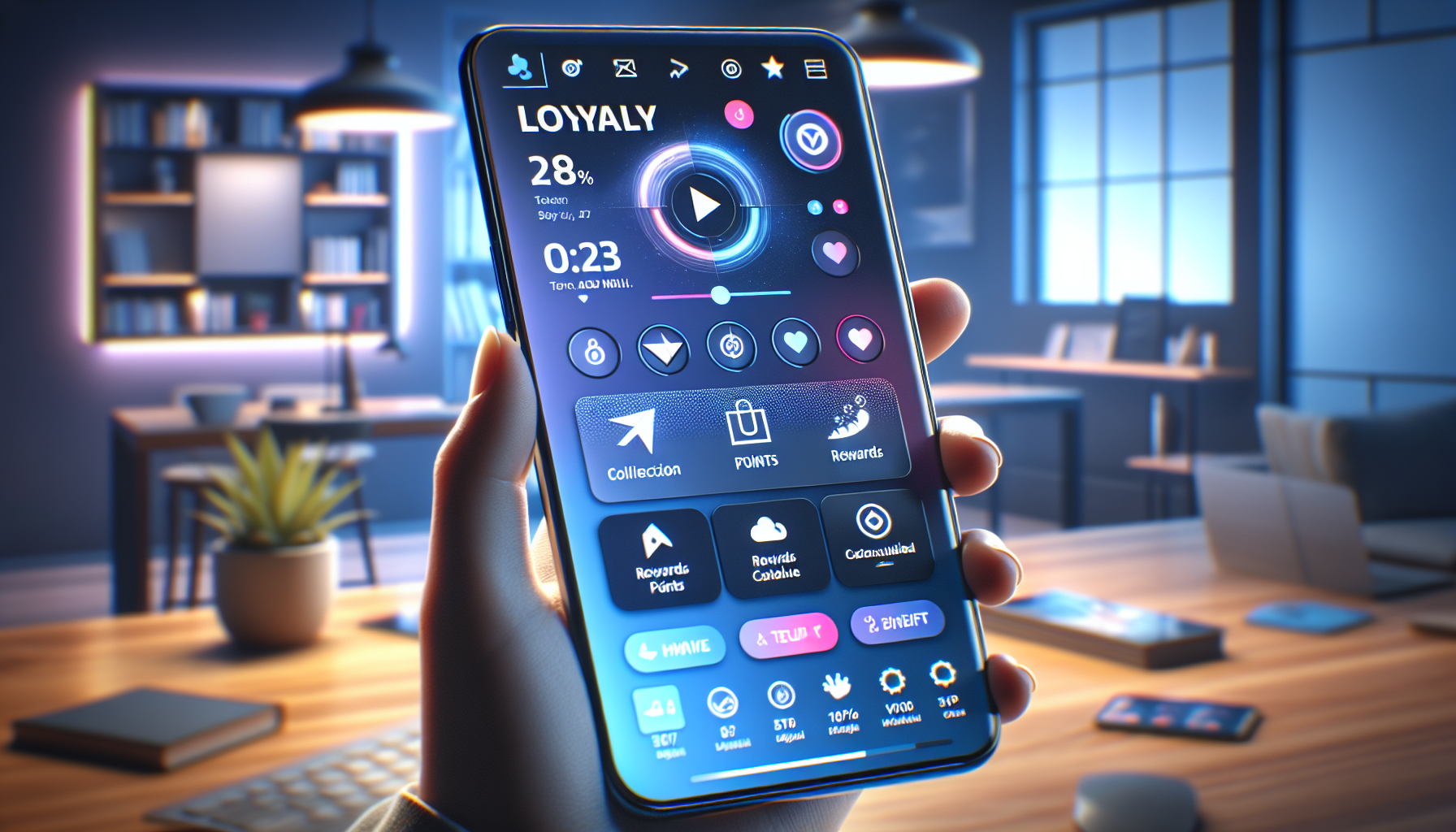
The Lealtad App offers businesses an innovative solution to enhance their B2B rewards programs through technology. With its highly customizable features, business owners can create tailored experiences that resonate with their unique customer base.
Essential Features of the Lealtad App
- Personalized Branding Options: Businesses can maintain brand consistency by customizing the app's appearance to reflect their identity.
- Flexible Reward Structures: Adaptable to various needs, companies can incorporate different types of rewards such as cashback, discounts, or exclusive access.
- User-Friendly Interface Design: The intuitive design enhances user experience, making it easy for customers to engage with the program.
Incorporating gamified profiling elements significantly boosts engagement. By implementing points systems or badges, businesses can incentivize participation and encourage ongoing loyalty. These gamification strategies foster a sense of achievement, motivating customers to remain active within the program.
Additionally, the Lealtad App supports coalition loyalty programs, allowing businesses to collaborate and offer broader rewards across multiple brands. This strategy not only attracts a diverse range of customers but also enhances visibility for all participating companies.
Segmenting the audience becomes seamless with the Lealtad App. Businesses can analyze customer behaviors and preferences, enabling them to deliver tailored offers that meet specific needs. This level of personalization strengthens relationships and increases overall satisfaction.
In an era where customer expectations are evolving rapidly, leveraging technology through the customizable Lealtad App empowers businesses to stay ahead. By utilizing its robust features, companies can develop a B2B loyalty program that not only drives sales but also cultivates long-lasting partnerships in today's competitive landscape.
Taking Action Towards Implementation with the Lealtad App
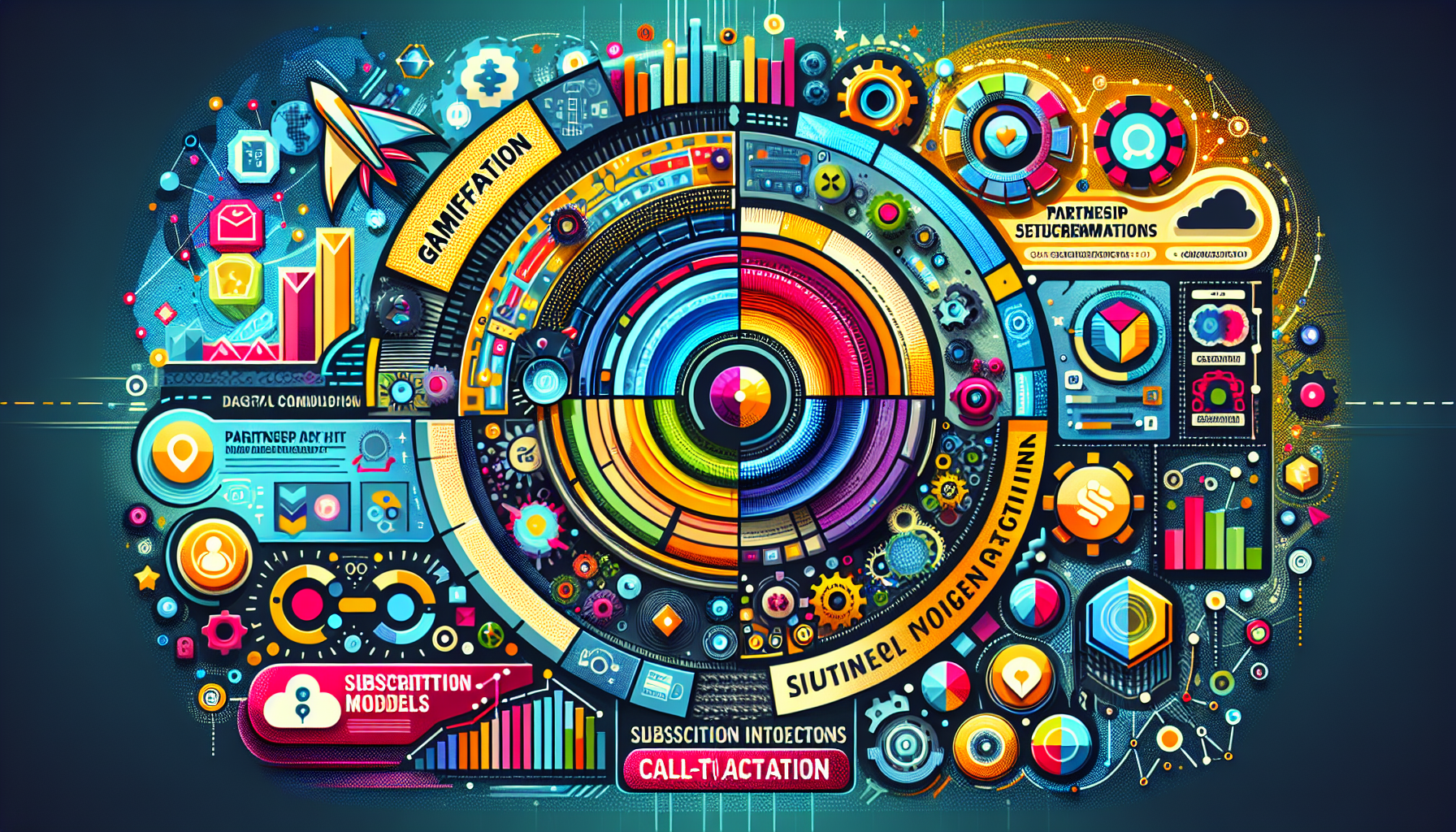
Implementing a winning B2B rewards program tailored to your business needs can significantly enhance customer loyalty and drive sustainable growth. Consider the following essential features that can elevate your program:
- Gamified Profiling: Incorporate gamification elements such as points or badges to incentivize participation and engagement among your customers.
- Coalition Loyalty Programs: Leverage coalition strategies to expand your reach, attracting a diverse range of clients through shared rewards and partnerships.
- Subscription-Based Loyalty Programs: Explore subscription models for consistent revenue while providing ongoing value to loyal customers.
- Segmenting the Audience: Engage in effective audience segmentation to create tailored offers that resonate with specific business needs and preferences.
Prioritizing customer loyalty through strategic initiatives will enable organizations to navigate evolving market dynamics seamlessly.
Ready to take the next step? Visit the Lealtad App website today. Book a complimentary strategy demo session and sign up for your account. Build and launch your own custom-branded digital loyalty program in less than 10 minutes. Take charge of your business’s growth now!
FAQs (Frequently Asked Questions)
What are B2B rewards programs and why are they important?
B2B rewards programs are initiatives designed to enhance customer loyalty and retention in business-to-business relationships. They play a significant role in driving customer loyalty, fostering strong business relationships, and ultimately boosting sales and traffic to companies.
How do B2B loyalty programs differ from B2C loyalty initiatives?
B2B loyalty programs focus on building relationships between businesses, often involving complex purchasing processes and multiple stakeholders. In contrast, B2C loyalty initiatives typically target individual consumers with more straightforward purchasing journeys. The unique challenges in B2B require tailored strategies to effectively engage clients.
What types of structures are commonly used in B2B loyalty programs?
Common structures in B2B loyalty programs include points-based systems, tiered engagement levels, cashback options, and experiential rewards. These structures can be customized to create memorable experiences for customers, enhancing their overall engagement with the program.
What are the key benefits of implementing a B2B loyalty program?
Implementing a well-designed B2B loyalty program can lead to increased customer retention rates, higher revenue potential, improved sales metrics, and strengthened partnerships with clients. The long-term benefits often outweigh short-term incentives, emphasizing the importance of nurturing lasting relationships.
What best practices should be followed when building a successful B2B loyalty program?
Key best practices include leveraging data analytics for performance measurement, incorporating gamification elements to drive engagement, tailoring offers based on customer preferences, and providing proactive support for partners. These strategies contribute to the overall success of B2B loyalty initiatives.
How can technology like the Lealtad App enhance a B2B rewards program?
The Lealtad App allows business owners to create highly customizable loyalty experiences tailored to their customers' needs. Features include personalized branding options, flexible reward structures, and a user-friendly interface that enables businesses to launch their custom-branded digital loyalty program quickly and efficiently.
